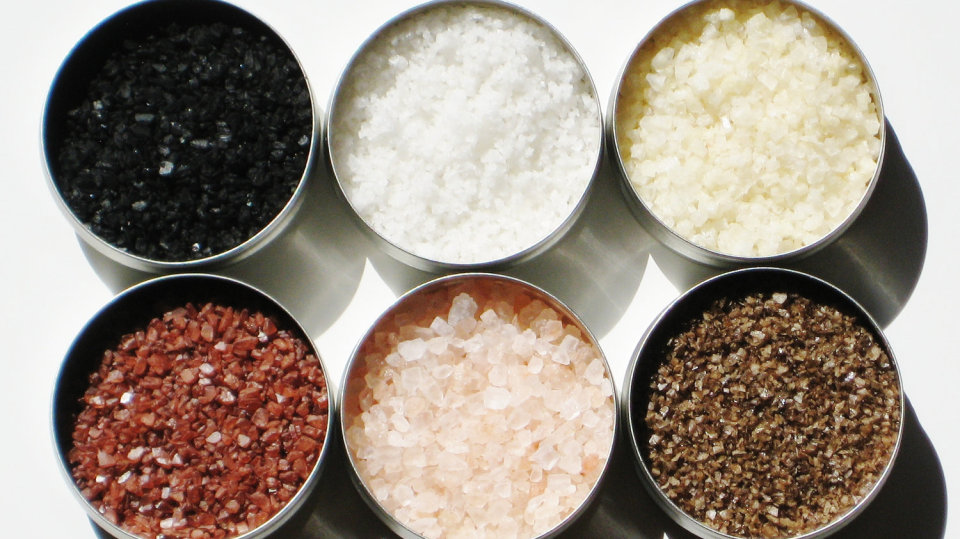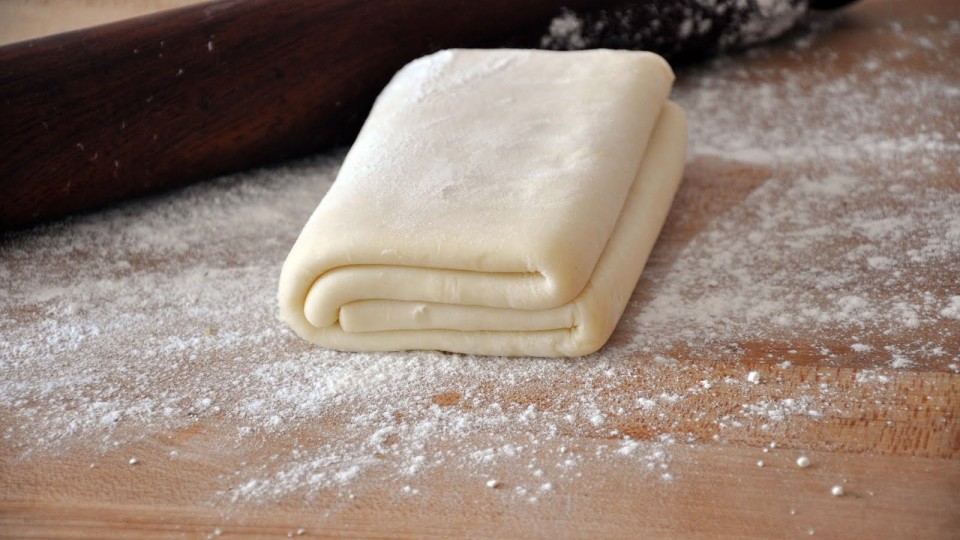If spring is wedding season – fall is baking season. From apple crisp to crème caramel, lemon meringue to chocolate fudge cake, these sweet treats just make summer easier to say goodbye to (sort of). As you begin pulling your favorite recipes off the shelf, we pulled together a list of tips and tricks to help you up your baking game this fall.
Are you sure you are baking your brownies at 350 degrees? The only way to know is to test the calibration of your oven.
Yes – It’s kind of annoying. But while your brownies may not suffer (too badly) for being baked at 310 or 390 degrees – those temperature temperamental dishes like quiches, custards and soufflés inevitably will. Fortunately its not as hard as you may think, just follow these steps:
1. Get yourself a brand-new oven thermometer.
2. Put said thermometer in the center of a cold oven & set your oven to 350 degrees with the oven light on.
3. Once the oven heats to 350 degrees note the temperature through the oven window.
4. Take the temperature again after twenty minutes and then again at after another twenty minutes.
5. Once you have three reading compute the average of the three readings. So long as your range is between 20 degrees (higher or lower) your oven is good to go. If not, consult the owner’s manual to try and solve it (sorry!) or adjust temperatures quoted in recipes to reflect your actual oven temp.

If you spent longer than 2 seconds in the baking isle of your local grocer it might just leave you in a cloud of dust; all-purpose flour, pastry flour, cake flour, and bread flour – what is the difference? Simply put – protein content.
Without getting too scientific; the protein content is what controls the density & structure of your baked goods. So let’s break it down really quickly:

When it comes to cookies, cakes and bars bigger really is better when it comes to eggs. Eggs contain the protein and fat that make the soft and chewy texture we crave; so when the recipe calls for eggs go big (er – jumbo to be specific) or go home. Simple as that!

This is an ingredient that regularly goes unspecified in recipes. I have experimented with various salts and found that fleur de sel is a real game changer. This salt has a melting quality that works wonders with butter and flour. Plus it has a mild brine-y flavor that goes undetected, but enhances the flavors of the other ingredients.
How much to use? Just follow your own recipe without adding more or less than the recipe calls for (just be sure to use unsalted butter).
What temperature your ingredients are when they enter the oven MATTERS! The general rule of thumb is that pastries go in chilled & (pretty much) everything else goes in at room temperature.
Cold Ingredients
It is those cold ingredients that gives your pie shells, pastry dough and all things butter & flour based their flakey-ness (yes, that is a technical term). When butter is cold in your dough and enters an oven cold, it creates steams in the baking process. That steam makes air-pockets and thus your light flakey, you totally want to stuff your face, pastry.
Room Temperature Ingredients
Just as much consideration should be given for your room temperature ingredients. What’s the big deal? Well, when you put that batch of brownies in the oven with a cold batter the center will bake slower than the sides. Your result: burnt ends and a soupy middle (womp womp). FYI: a stick of butter needs about 1 hour of resting time outside of the fridge to get to room temperature.

Apple pie, pumpkin pie, cherry pie… any way you slice, it you can’t make a pie without the dough. Before you take the easy way out and go for that pop-able can of a sort (you know what I am talking about) give these two tricks a try!
Lard
In theory a pie crust using 100% butter as the fat source should be second to none; however given the quality of American flour using all butter will yield a brittle, crumbly (WTF?!) crust. By using 1/4th of the fat source from vegetable lard (i.e. Crisco) you will achieve your flakey crust desires. Why? Well lard burns at a higher temperature, stabilizes your flour and most importantly prevents butter from over-baking and becoming bitter.
Steel
For the non-purists our there like myself who use a food processor (instead of your hands) for making pie dough, do not be mislead by the name given to the plastic blade included with your food processor. While it is referred to as a dough blade, it should not be used for pie dough. The steel blade is temperature reactive whereas the plastic blade isn’t. The steel blade will keep the chilled fats & water chilled as the flour is pulsed in which is key.

It doesn’t just wake you up in the morning, but it will wake up your chocolate cakes too. What fresh lemon juice does for salad dressing is what a bit of fresh brewed coffee does for chocolate cake.
Chocolate on its own tends to be one noted, but the flavor notes in coffee enhance chocolate’s flavor profile. Just like the fleur de sel, you won’t taste the coffee, just the chocolate. I find using fresh brewed regular coffee (of the stronger variety) works best. Just add as much coffee as your flavor additives (such as vanilla extract) to your wet ingredients.
Now bake your cake and eat it too!
Our tips and tricks span a little bit of everything, and focus on (what we think) are the critical elements of baking that tend to go unwritten in most recipes. We hope you find them useful and easy to incorporate into your baking routine. Anything we missed? Dish up your tricks below!
Lover of all things food, foreign & fascinating. I grew up with two off the boat Italian grandmothers who taught me the joy of cooking and feeding people. Through my travels I have taken cooking classes at The Ritz in Paris, at the Les Halles Market in Avignon and the CIA in Hyde Park, NY. I also assist on the events team for CT based food blog CTBites.